 The mainstream media regularly includes articles and, increasingly, advertorials, about the modern workplace, usually office buildings, that are designed to foster creativity, communication, productivity and improve physical health. In many of these workplaces, it quickly becomes apparent that there are never enough meeting rooms for confidential discussions, making the coffee shop in the foyer or a nearby building, essential venues for conversations that would, in the past, be conducted in an office.
The mainstream media regularly includes articles and, increasingly, advertorials, about the modern workplace, usually office buildings, that are designed to foster creativity, communication, productivity and improve physical health. In many of these workplaces, it quickly becomes apparent that there are never enough meeting rooms for confidential discussions, making the coffee shop in the foyer or a nearby building, essential venues for conversations that would, in the past, be conducted in an office.
It also does not take long for a lot of the workers to be at their desks wearing earbuds or headphones in order to negate the noise that the modern workplace allows and creates. This need for isolation and concentration is contrary to the intentions of the office designers. It is not simply a reflection of the modern ipod technology but a human desire for privacy, focus, diligence and productivity. New research seems to indicate that the situation is not helped by sit/stand desks.

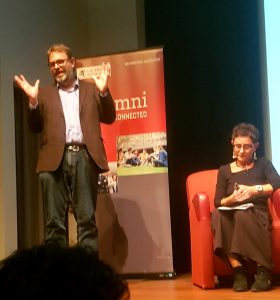
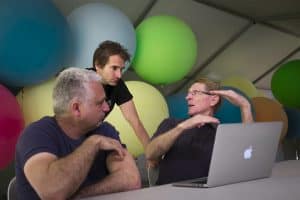
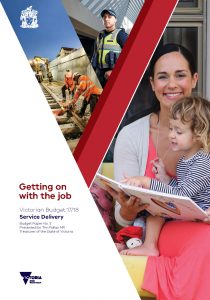
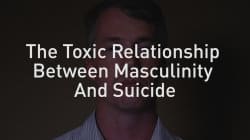 Recently Huffington Post Australia posted a video about male suicides called “Men are killing themselves to be real men”. Many of the speakers talked about their experiences at work or with work. The video is highly recommended.
Recently Huffington Post Australia posted a video about male suicides called “Men are killing themselves to be real men”. Many of the speakers talked about their experiences at work or with work. The video is highly recommended.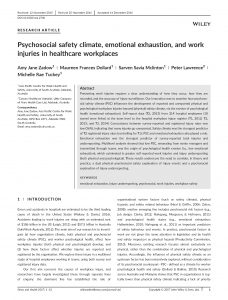 There has been a lot of discussion recently about occupational health and safety (OHS) data. This article is another because the issue is critical for understanding OHS, for planning for the future and managing productivity.
There has been a lot of discussion recently about occupational health and safety (OHS) data. This article is another because the issue is critical for understanding OHS, for planning for the future and managing productivity.